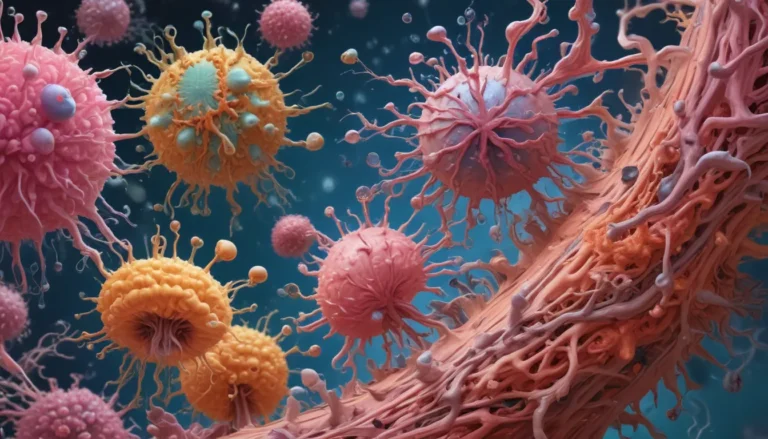A Note About Images: The images used in our articles are for illustration purposes only and may not exactly match the content. They are meant to engage readers, but the text should be relied upon for accurate information.
Welcome to a world where understanding is the key to support. Sickle cell anemia, a genetic blood disorder affecting millions worldwide, often shrouded in misconceptions. In our quest to shed light on this condition, we bring you a wealth of knowledge through these 10 captivating facts about sickle cell anemia.
Delving into Sickle Cell Anemia
At the core of sickle cell anemia lies a severe hereditary form of anemia, marked by a deficiency in red blood cells or hemoglobin. This condition manifests with red blood cells taking on an abnormal, rigid, sickle shape, leading to potential complications such as pain and infections.
A Global Health Matter
Sickle cell anemia transcends geographical boundaries, emerging as a significant health issue worldwide. According to the World Health Organization, an estimated 300,000 infants are born annually with severe forms of hemoglobin disorders, primarily sickle cell anemia and thalassemia.
Tracing Genetic Patterns
The inheritance of sickle cell anemia follows a distinct pattern, where a child acquires two sickle cell genes, one from each parent. In contrast, individuals with one sickle cell gene and one normal gene possess the sickle cell trait. This distinction is pivotal, as it impacts the health of future generations.
Afflicting Specific Ethnicities
Sickle cell anemia holds a stronger grip on certain ethnic groups, including individuals with ancestral ties to regions like sub-Saharan Africa, Spanish-speaking areas in the Western Hemisphere, Saudi Arabia, India, and Mediterranean countries like Turkey, Greece, and Italy.
Timely Diagnosis Saves Lives
Identifying sickle cell anemia early on is paramount to initiating prompt treatment and averting severe complications. Typically, diagnosis occurs during routine newborn screenings, underscoring the significance of early detection for effective management.
Embracing a Lifelong Journey
Living with sickle cell anemia entails navigating a lifelong journey. While symptoms vary in intensity from person to person and can evolve over time, individuals with the condition face a shorter lifespan, with average life expectancy falling between 40 and 60 years.
Confronting Chronic Pain
Episodic pain, commonly known as sickle cell crises, stands out as a hallmark symptom of sickle cell anemia. The frequency and duration of these crises vary, serving as crucial indicators for healthcare providers to adjust treatment strategies accordingly.
Pursuing Elusive Cures
Presently, a universal cure for sickle cell anemia remains elusive, with bone marrow or stem cell transplants offering a potential pathway. However, the risks associated with these procedures and the scarcity of suitable donors pose significant challenges, emphasizing the need for continued research and innovative treatments.
Pioneering Research Endeavors
The realm of sickle cell anemia research brims with promise, fueled by cutting-edge studies on gene therapy and novel treatment approaches. Scientists explore avenues like gene correction and hemoglobin-altering gene activation, fostering hope for groundbreaking advancements in the field.
Empowering Support Systems
Navigating life with sickle cell anemia demands a robust support system comprising friends, family, and community allies. Elevating awareness through advocacy groups, resources, and educational campaigns proves instrumental in enhancing the quality of life for those impacted by the condition.
Parting Thoughts
Sickle cell anemia weaves a complex tapestry of challenges and resilience, leaving a lasting impact on individuals and families alike. As we deepen our understanding of this condition, we sow the seeds of compassion and empowerment, paving the way for a brighter future for all those affected by sickle cell anemia.





